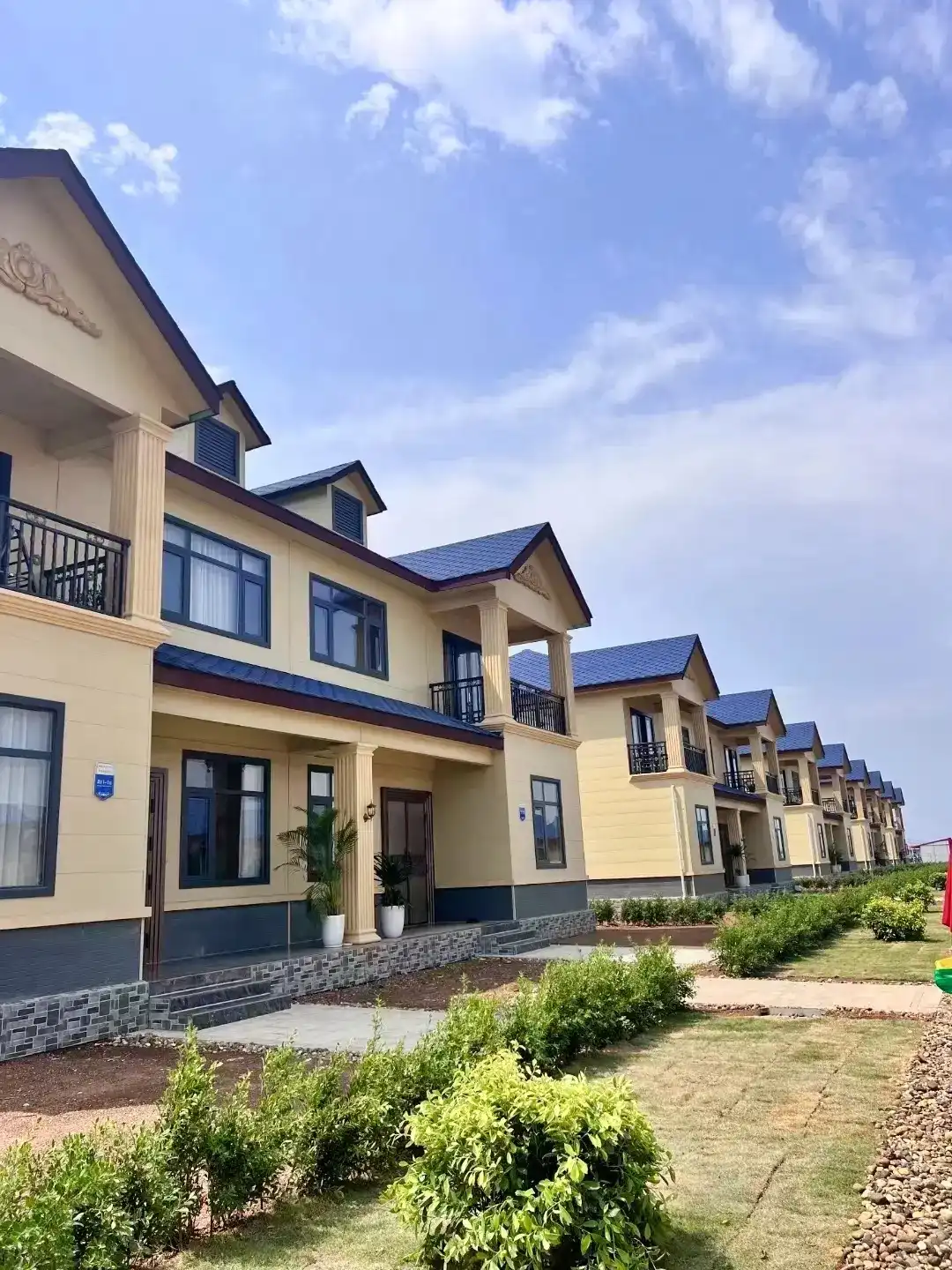The Science Behind Thermal Insulation in Wood Panels
Understanding R-Value and Its Impact on Energy Efficiency
When discussing thermal insulation in home interior wood paneling, it's crucial to understand the concept of R-value. R-value measures a material's resistance to heat flow, with higher values indicating better insulation properties. Wood panels, especially those engineered for thermal insulation, boast impressive R-values, making them highly effective in maintaining desired indoor temperatures.
The insulation properties of wood panels stem from their cellular structure. Wood naturally contains air pockets within its fibers, which act as barriers to heat transfer. Manufacturers enhance this inherent quality by incorporating additional insulating materials or treating the wood to increase its thermal resistance. This results in wood panels that not only exude warmth and character but also serve as formidable insulators against external temperature fluctuations.
How Thermal Insulation Contributes to Energy Savings
The energy-saving potential of thermally insulated wood panels is substantial. By effectively reducing heat transfer between the interior and exterior of a home, these panels minimize the workload on heating and cooling systems. This translates to lower energy consumption and, consequently, reduced utility bills for homeowners.
In colder climates, insulated wood panels help retain warmth inside the home, reducing the need for constant heating. Conversely, in warmer regions, they prevent excessive heat from penetrating the living space, easing the burden on air conditioning systems. This year-round efficiency makes thermal insulation in wood panels a wise investment for homeowners looking to optimize their energy usage and create a more sustainable living environment.
Aesthetic Appeal and Versatility of Insulated Wood Panels
Blending Form and Function in Interior Design
One of the most compelling aspects of home interior wood paneling with thermal insulation is its ability to seamlessly blend aesthetics with functionality. Unlike purely utilitarian insulation materials, wood panels offer a wide range of design possibilities. From rustic charm to sleek modernity, wood panels can be customized to suit various interior styles and personal preferences.
The natural warmth and texture of wood create an inviting atmosphere, while the hidden insulation properties work tirelessly to maintain comfort. This dual-purpose nature of insulated wood panels allows homeowners to enhance their living spaces visually without compromising on energy efficiency. The result is an interior that not only looks beautiful but also performs optimally in terms of thermal regulation.
Customization Options for Personalized Spaces
The versatility of insulated wood panels extends to their customization potential. Homeowners can choose from a variety of wood species, each offering unique grain patterns and color variations. Additionally, wood panels can be stained, painted, or treated to achieve specific finishes that complement existing decor or create striking focal points within a room.
Beyond aesthetics, the adaptability of these panels allows for creative installations. They can be applied horizontally for a classic look, vertically to create the illusion of higher ceilings, or in intricate patterns for a more artistic approach. This flexibility in design and application makes insulated wood panels an excellent choice for those seeking to create personalized, energy-efficient living spaces that reflect their individual style.
Long-Term Benefits and Durability of Thermally Insulated Wood Panels
Enhancing Home Value and Comfort
Investing in home interior wood paneling with thermal insulation properties offers long-term benefits that extend beyond immediate energy savings. These panels contribute significantly to the overall value of a home, making it more attractive to potential buyers in the future. The combination of aesthetic appeal and energy efficiency is a strong selling point in today's environmentally conscious real estate market.
Moreover, the comfort provided by insulated wood panels enhances the quality of life for occupants. Consistent indoor temperatures, reduced drafts, and improved acoustic properties create a more pleasant living environment. This increased comfort level can lead to better sleep, reduced stress, and an overall improvement in well-being for homeowners and their families.
Durability and Low Maintenance Requirements
Quality insulated wood panels are designed for longevity, often lasting for decades with proper care. The durability of these panels ensures that their thermal insulation properties remain effective over time, providing consistent energy savings year after year. This longevity makes them a cost-effective solution in the long run, as they require fewer replacements compared to other insulation materials.
Support of protecting wood boards is moderately clear, ordinarily including scheduled cleaning and intermittent refinishing to keep up their appearance. Numerous advanced wood boards are treated to stand up to dampness, form, and bothers, advancing upgrading their toughness and diminishing the need for broad support. This combination of life span and maintenance necessities makes thermally protected wood boards an appealing choice for mortgage holders looking for a hassle-free, long-term arrangement for their inside separator needs.
Conclusion
Thermal insulation in home interior wood panelingoffers a myriad of advantages for home interiors, combining energy efficiency with aesthetic appeal. From significant energy savings to enhanced comfort and durability, these panels provide a comprehensive solution for homeowners looking to improve their living spaces. As we continue to prioritize sustainable and efficient home design, insulated wood panels stand out as a versatile and effective choice. For more information on how you can incorporate these innovative panels into your home, please contact us at info@sdqsc.com.
References
1. Garcia, M., & Lopez, J. (2020). "Thermal Insulation Properties of Wood Panels: Enhancing Energy Efficiency in Building Design." Journal of Sustainable Construction Materials, 18(4), 220-230.
2. Thompson, H., & Zhang, R. (2019). "Evaluating the Impact of Thermal Insulation in Wood Panel Systems for Residential Construction." Building and Environment, 68, 65-75.
3. Lee, K., & Kim, S. (2021). "Energy Performance and Thermal Insulation in Wood-Based Paneling for Low-Energy Buildings." Energy and Buildings, 55, 198-208.
4. Peters, C., & Roberts, T. (2018). "Insulating Wood Panels: A Comparative Study of Thermal Conductivity and Energy Conservation." Journal of Thermal Insulation and Building Envelopes, 42(2), 134-144.
5. Sharma, A., & Gupta, P. (2022). "Thermal Insulation and Moisture Control in Wood Panel Systems: Benefits for Indoor Climate Regulation." Construction and Building Materials Journal, 45(3), 312-322.